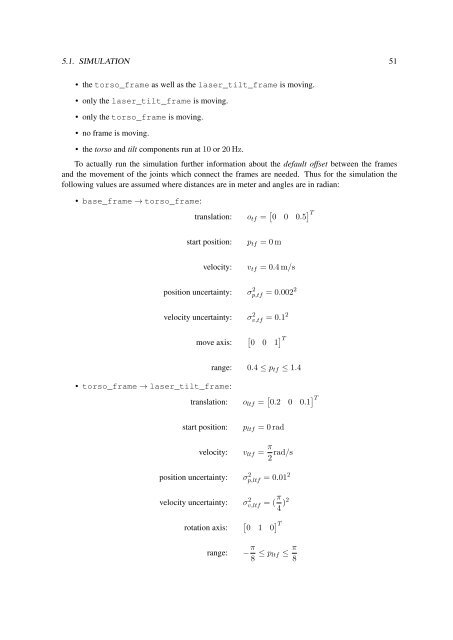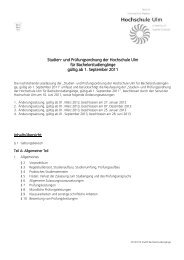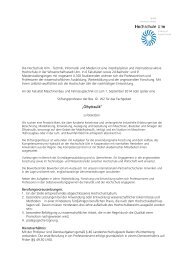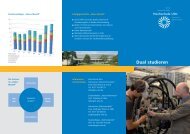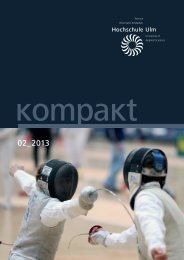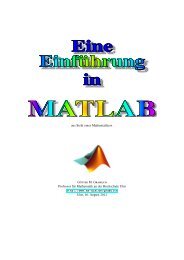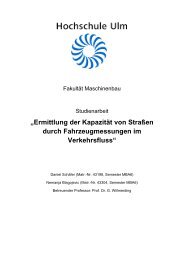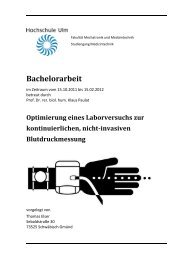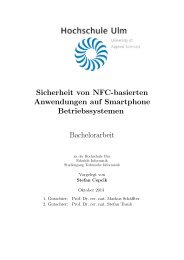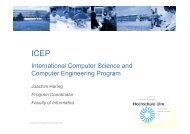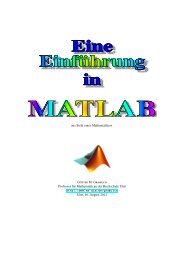PDF 1.938kB
PDF 1.938kB
PDF 1.938kB
You also want an ePaper? Increase the reach of your titles
YUMPU automatically turns print PDFs into web optimized ePapers that Google loves.
5.1. SIMULATION 51<br />
• the torso_frame as well as the laser_tilt_frame is moving.<br />
• only the laser_tilt_frame is moving.<br />
• only the torso_frame is moving.<br />
• no frame is moving.<br />
• the torso and tilt components run at 10 or 20 Hz.<br />
To actually run the simulation further information about the default offset between the frames<br />
and the movement of the joints which connect the frames are needed. Thus for the simulation the<br />
following values are assumed where distances are in meter and angles are in radian:<br />
• base_frame → torso_frame:<br />
translation: o tf = [ 0 0 0.5 ] T<br />
start position:<br />
p tf = 0 m<br />
velocity:<br />
v tf = 0.4 m/s<br />
position uncertainty: σ 2 p,tf = 0.0022<br />
velocity uncertainty: σ 2 v,tf = 0.12<br />
move axis:<br />
[<br />
0 0 1<br />
] T<br />
• torso_frame → laser_tilt_frame:<br />
range: 0.4 ≤ p tf ≤ 1.4<br />
translation: o ltf = [ 0.2 0 0.1 ] T<br />
start position:<br />
p ltf = 0 rad<br />
velocity:<br />
v ltf = π 2 rad/s<br />
position uncertainty: σ 2 p,ltf = 0.012<br />
velocity uncertainty: σ 2 v,ltf = (π 4 )2<br />
rotation axis:<br />
[<br />
0 1 0<br />
] T<br />
range: − π 8 ≤ p ltf ≤ π 8


